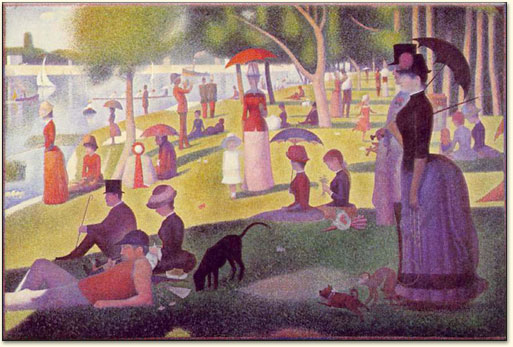I recall a specific day
as an undergraduate at the Cleveland Institute of Music sitting in theory class
on a cold, snowy day. I was probably tired
from working the graveyard shift at Presti’s Bakery, nervous about my upcoming
cello lesson in which I had to play Popper 33 from memory, or dreading the inevitable
humiliation of singing atonal melodies or improvising chord progressions in
front of a classroom of super smart, talented students.
There was a substitute that day, and he opened my eyes to the sixth sense I didn’t know I had. He was lecturing on key signatures and recognizing modulations and tone color changes. The graduate assistant commented that many people see colors when they hear certain keys – yellow for D-Major, green for C-Major, blue for d-minor, etc.








